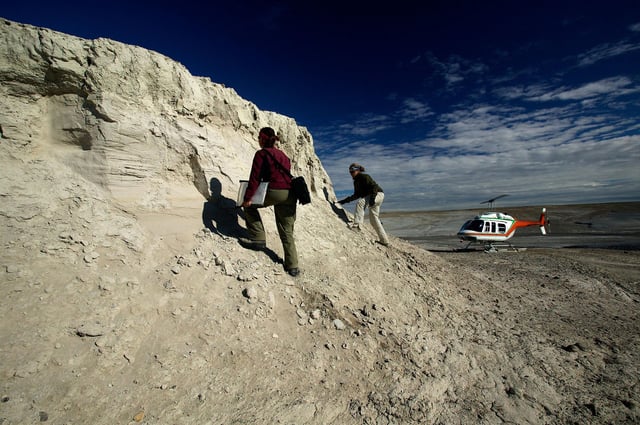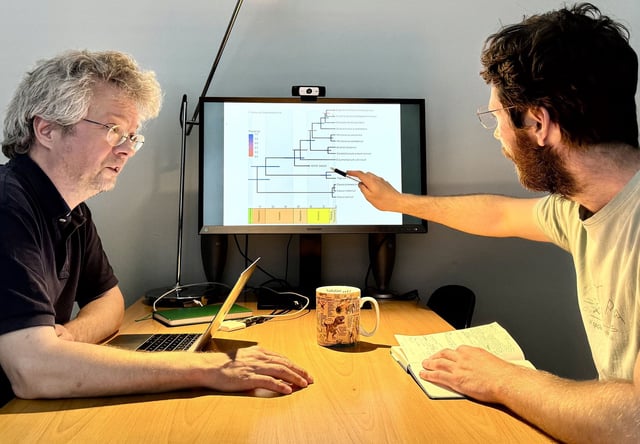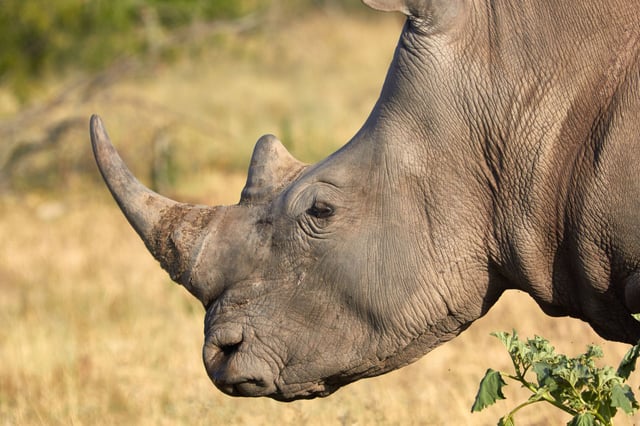Overview
- Researchers sequenced seven proteins from the enamel of a 24-million-year-old rhinoceros tooth uncovered in the Canadian Arctic, marking the oldest detailed protein record to date.
- Molecular analysis indicates the fossil rhino diverged from its living relatives between 41 and 25 million years ago.
- Protein extractions from 1.5–18-million-year-old fossils in Kenya’s Turkana Basin demonstrated enamel’s protective vault-like properties, though experts emphasize the need for independent replication.
- International teams are standardizing paleoproteomic protocols and conducting cross-site validations in polar and tropical settings to confirm reproducibility.
- Scientists plan to extend enamel-based protein recovery methods to dinosaur fossils over the next decade to unlock deep-time evolutionary insights.



